Investigating the Influence of Consumer Behavior and Governmental Policy on the Diffusion of Electric Vehicles in Beijing, China
Abstract
1. Introduction
2. Literature Review
2.1. Influential Factors to the Adoption of Electric Vehicles (EVs)
2.2. Policies Realted to Electric Vehicles (EVs)
2.3. Idenfitying Research Gaps and Objectives
3. Methodology
3.1. Howard–Sheth Purchase Behavior Chain Theory
3.1.1. Introduction to the Theory
3.1.2. Applying the Theory in the Purchase of Electric Vehicle
3.2. “What-If” Scenario Analysis: Quantifying the Influence of Policies
3.3. Design of Questionnaire Survey
4. General Results of Survey in Beijing
5. Purchase Behavior of EVs in Beijing
5.1. Stage 1: Ignored and Neglected Stage
5.2. Stage 2: Proactive Attention
- (1)
- The increasing policy stimulus. The survey showed that 62% of BEV owners made purchases primarily based on policy incentives. Among the incentives, the stimuli with most obvious effects were the policies of a separate lottery and no traffic restrictions for BEVs, which accounted for about 65.8% in total. In the study by [12], both the separate lottery policy and the absence of traffic restrictions were also found to be influential in Beijing. In addition, air quality was important. Specifically, after the red alert of heavy pollution weather, 43% of potential CV users said they would consider buying BEVs. Figure 5 shows the points where different EV-related polices were issued in Beijing, including a tax exemption policy (issued September 2014) and traffic un-restriction (issued in June 2015). Among the policies, the traffic un-restriction tended to be much more influential, as the total number of valid applications increased heavily after the point when the policy was issued. This is consistent to the findings above from our survey.
- (2)
- The demand for vehicles has become urgently strong. According to the survey, those households willing to purchase BEVs did so mainly because of rigid travel demands triggered by a location change, marriage, birth or increase in the number of members driving cars.
- (3)
- Effective access to information. The introduction through friends and family has become the primary factor to induce consumer to pay attention to EVs, accounting for about 64%. Other dissemination modes that were mainly dominant were professional vertical media and the websites of car enterprises. Actual user experience greatly affects the reputation of the brand and the market prospects of the model, and car enterprises should pay close attention. This sort of social influence has also been found in the other studies [57,58], and is considered to be a variable in the EV market model [8,59].
- (4)
- The access to relevant sources of information, such as government decisions, and realization of the scarcity of resources. Some staff in government agencies, public institutions, and state-owned enterprises have stronger desires to possess resources because they are more aware of the direction BEV development policies are headed.
5.3. Stage 3: Comparison and Selection of Vehicles
5.4. Stage 4: Usage Evaluation
6. The Role of Various Policies in the Uptake of EVs in Beijing
6.1. General Results about the Role of Policy in the EV Adoption
6.2. “What-If” Scenario Analysis: Policy Implication and Environment Impact
- Step 1.
- The monthly growth rate of applicants is computed for Case 1 (Separate Plate Lottery) and Case 3 (No Traffic Restriction & Separate Plate Lottery) according the number of applicants at different points. Take Case 1, for example: The number of applicants increased by 1101 from January 2014 to May 2015. Thus, the monthly growth rate of new applicants was 64.76. Similarly, we can get the monthly growth rate of new applicants for Case 3, which was 158.60.
- Step 2.
- Estimating the monthly growth rate of applicants for Case 2 (No Traffic Restriction) should be the difference between the monthly growth rates in Case 1 and Case 3. As a result, we get a growth rate of 93.84. Further, we can compute the policy impact factors for Cases 1 and 3, which are 0.33 and 0.47, respectively, according to the growth rates.
- Step 3.
- Based on the interviews with eight transport planners in Beijing, the influential weights of Case 3 (No Traffic Restriction & Separate Plate Lottery) and Case 4 (Other Policies) are set to 0.8 and 0.2, respectively. Therefore, we can get 39.65 as monthly growth rate of new applicants for Case 4 (Other Policies).
6.2.1. EV Market Share in Different Scenarios
6.2.2. Environmental Impacts in Different Scenarios
7. Conclusions
- (1)
- The addition of BEVs into households has an impact on car trips, and the change of travel mode is mainly reflected in the following three situations. (a) It is found that 63.4% of the owners of BEVs bought their cars with the purpose of meeting rigid travel demands. The average daily travel mileage was about 50.8 km, which is obviously higher than that of CVs. (b) It is found that 12.2% of the owners of BEVs bought their cars for the purpose of supplementing their travel demands. After purchasing the BEV, the numbers of people travelling by car increased, and the total average daily travel mileage by car increased from 51.7 to 73.5 km/day, at a growth rate of 42.2%. (c) It is found that 24.3% of the owners of BEVs bought their cars for the purpose of replacing their CV. The total average daily travel mileage by family car then increased slightly. The original average daily travel mileage by CV was reduced from 59.4 to 12.5 km/day, which only accounts for 21.5% of that before the purchase of the BEV.
- (2)
- BEVs with a driving range of 500 km, a 30-minute charging time and cost of RMB 15,000 were the first choices for the majority of respondents. Most of BEVs available in the market have a driving range between 200 to 300 km and a price range between RMB 200,000 to 300,000, which is still a certain disparity from consumers’ expectations of the preferred models.
- (3)
- Word-of-mouth promotion by relatives and friends is one of the primary factors influencing consumers’ car purchasing decisions. It was found in studies that 64% of car owners started to pay attention to/decided to buy BEVs after being influenced by the positive comments from the users around them.
- (1)
- Large cities in China are in the process of rapid motorization. Although Beijing and other big cities have implemented the policy of total quantity control of motor vehicles, the total number of vehicles keeps rising as it did before. With this in mind, the existing policy stimuli for BEVs focus on new cars, and exert a positive effect on controlling he growth rate of total energy consumption emissions in the urban traffic sector.
- (2)
- At present, the incentive policy for BEVs is only for new vehicles, with no incentive policy for replacing BEVs with existing vehicles. As a result, there are insufficient incentives for developing BEVs among existing vehicle owners. BEVs contribute much less than they might to the reduction of energy consumption and pollutant emissions in the existing urban traffic sector, and innovative policies and vehicle technologies remain to be developed that can compete against CVs.
- (3)
- The incentive effect of the separate plate lottery policy and the incentive effect of no traffic restriction of BEVs on the promotion of BEVs reflect a phenomenon of mutual complementarity and mutual influence. The separate plate lottery policy is a fundamental reason for consumers to switch to BEVs, but the impact on promoting BEVs requires long-term accumulation. The duplicate effect of no traffic restriction can shorten the cycle of promoting BEVs and further enhance the benefits of energy conservation and emission reduction that are made possible by BEVs.
- (4)
- At present, the promotion of BEVs exists mainly to solve the problem of vehicular emissions. However, as a motor vehicle, BEVs occupy road resources just as CVs do, which is not beneficial to traffic jams. At the same time, BEVs can enjoy the no traffic restriction policy and other traffic exemption policies, and the use of BEVs has significantly increased compared with CVs. As the scale of promoting BEVs expands, it will lead to traffic jam pressure in urban cities. In the long run, it will be necessary to adopt a method of optimizing traffic structure to achieve the traffic development goal of combining pollution control with traffic jam control.
Author Contributions
Funding
Conflicts of Interest
Appendix A
| No | Survey Frame | Subject | |
|---|---|---|---|
| Questions with a Single Choice | Questions with Multiple Choices | ||
| 1 | Crowd Characteristics [4] | Name; Mobile; Gender; Age; Educational background; Company; Number of family members and income; Residence | N/A |
| 2 | Existing Concerns | Vehicle performance; Infrastructure | |
| 3 | Purchase Intention | Status of lottery; Purchasing time; Purchased model; Purchasing price; Vehicle ownership; | Purchasing cause; Existing prejudices and doubts |
| 4 | Policy Sensitivity | Order of policy impact; | Implemented policy; Policies to be implemented |
| 5 | Usage Characteristics of Vehicles | Trip mileage; Trip distance; No. of trips; Trip mileage in Winter and Summer | N/A |
| 6 | Satisfaction of Charging Facilities | Monthly electricity expenditure; Charging times; Charging habits | Process of constructing Points after Purchasing; Satisfaction for social Charging Points; Successful experiences; Unsuccessful reason |
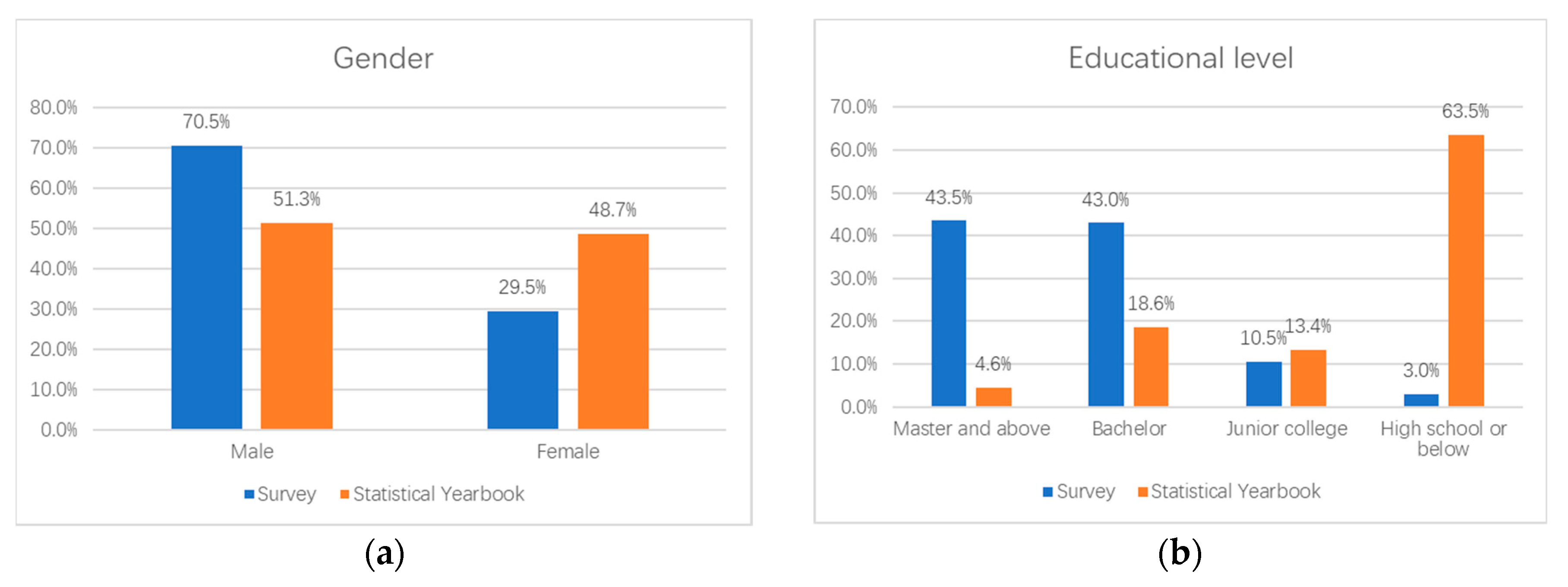
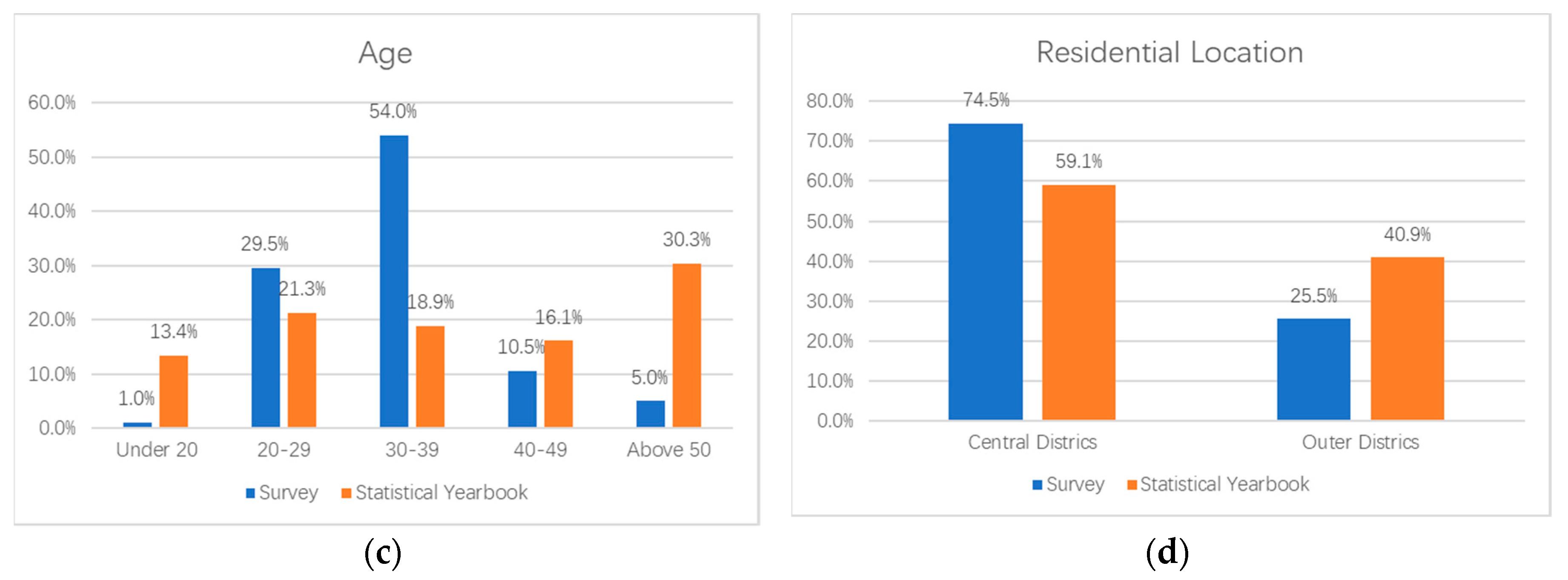
References
- Peng, B.; Du, H.; Ma, S.; Fan, Y.; Broadstock, D.C. Urban passenger transport energy saving and emission reduction potential: A case study for Tianjin, China. Energy Convers. Manag. 2015, 102, 4–16. [Google Scholar] [CrossRef]
- Qian, L.; Yin, J. Linking Chinese cultural values and the adoption of electric vehicles: The mediating role of ethical evaluation. Transp. Res. Part D Transp. Environ. 2017, 56, 175–188. [Google Scholar] [CrossRef]
- Junquera, B.; Moreno, B.; Álvarez, R. Analyzing consumer attitudes towards electric vehicle purchasing intentions in Spain: Technological limitations and vehicle confidence. Technol. Forecast. Soc. Chang. 2016, 109, 6–14. [Google Scholar] [CrossRef]
- Carley, S.; Krause, R.M.; Lane, B.W.; Graham, J.D. Intent to purchase a plug-in electric vehicle: A survey of early impressions in large US cites. Transp. Res. Part D Transp. Environ. 2013, 18, 39–45. [Google Scholar] [CrossRef]
- Steinhilber, S.; Wells, P.; Thankappan, S. Socio-technical inertia: Understanding the barriers to electric vehicles. Energy Policy 2013, 60, 531–539. [Google Scholar] [CrossRef]
- Hidrue, M.K.; Parsons, G.R.; Kempton, W.; Gardner, M.P. Willingness to pay for electric vehicles and their attributes. Resour. Energy Econ. 2011, 33, 686–705. [Google Scholar] [CrossRef]
- She, Z.; Sun, Q.; Ma, J.; Xie, B. What are the barriers to widespread adoption of battery electric vehicles? A survey of public perception in Tianjin, China. Transp. Policy 2017, 56, 29–40. [Google Scholar] [CrossRef]
- Zhuge, C.; Wei, B.; Dong, C.; Shao, C.; Shan, Y. Exploring the future electric vehicle market and its impacts with an agent-based spatial integrated framework: A case study of Beijing, China. J. Clean. Prod. 2019, 221, 710–737. [Google Scholar] [CrossRef]
- Zhang, X.; Liang, Y.; Yu, E.; Rao, R.; Xie, J. Review of electric vehicle policies in China: Content summary and effect analysis. Renew. Sustain. Energy Rev. 2017, 70, 698–714. [Google Scholar] [CrossRef]
- Zhuge, C.; Wei, B.; Shao, C.; Dong, C.; Meng, M.; Zhang, J. The potential influence of cost-related factors on the adoption of electric vehicle: An integrated micro-simulation approach. J. Clean. Prod. 2019, 119479. [Google Scholar] [CrossRef]
- Zhuge, C.; Shao, C.; Li, X. Empirical analysis of parking behaviour of conventional and electric vehicles for parking modelling: A case study of Beijing, China. Energies 2019, 12, 3073. [Google Scholar] [CrossRef]
- Zhuge, C.; Shao, C. Investigating the factors influencing the uptake of electric vehicles in Beijing, China: Statistical and spatial perspectives. J. Clean. Prod. 2019, 213, 199–216. [Google Scholar] [CrossRef]
- Li, W.; Long, R.; Chen, H.; Geng, J. A review of factors influencing consumer intentions to adopt battery electric vehicles. Renew. Sustain. Energy Rev. 2017, 78, 318–328. [Google Scholar] [CrossRef]
- Nie, Y.; Wang, E.; Guo, Q.; Shen, J. Examining Shanghai Consumer Preferences for Electric Vehicles and Their Attributes. Sustainability 2018, 10, 2036. [Google Scholar] [CrossRef]
- Cheng, Y.; Chen, J.; Lin, K. Exploring consumer attitudes and public opinions on battery electric vehicles. J. Renew. Sustain. Energy Rev. 2015, 7, 043122. [Google Scholar] [CrossRef]
- Wolbertus, R.; Kroesen, M.; van den Hoed, R.; Chorus, C.G. Policy effects on charging behaviour of electric vehicle owners and on purchase intentions of prospective owners: Natural and stated choice experiments. Transp. Res. Part D Transp. Environ. 2018, 62, 283–297. [Google Scholar] [CrossRef]
- Bauer, G. The impact of battery electric vehicles on vehicle purchase and driving behavior in Norway. Transp. Res. Part D Transp. Environ. 2018, 58, 239–258. [Google Scholar] [CrossRef]
- Hackbarth, A.; Madlener, R. Willingness-to-pay for alternative fuel vehicle characteristics: A stated choice study for Germany. Transp. Res. Part A Policy Pract. 2016, 85, 89–111. [Google Scholar] [CrossRef]
- Abotalebi, E.; Scott, D.M.; Ferguson, M.R. Why is electric vehicle uptake low in Atlantic Canada? A comparison to leading adoption provinces. J. Transp. Geogr. 2019, 74, 289–298. [Google Scholar] [CrossRef]
- Plötz, P.; Schneider, U.; Globisch, J.; Dütschke, E. Who will buy electric vehicles? Identifying early adopters in Germany. Transp. Res. Part A Policy Pract. 2014, 67, 96–109. [Google Scholar] [CrossRef]
- Orlov, A.; Kallbekken, S. The impact of consumer attitudes towards energy efficiency on car choice: Survey results from Norway. J. Clean. Prod. 2019, 214, 816–822. [Google Scholar] [CrossRef]
- Kwon, Y.; Son, S.; Jang, K. Evaluation of incentive policies for electric vehicles: An experimental study on Jeju Island. Transp. Res. Part A Policy Pract. 2018, 116, 404–412. [Google Scholar] [CrossRef]
- Kim, M.; Oh, J.; Park, J.; Joo, C. Perceived value and adoption intention for electric vehicles in Korea: Moderating effects of environmental traits and government supports. Energy 2018, 159, 799–809. [Google Scholar] [CrossRef]
- Cherchi, E. A stated choice experiment to measure the effect of informational and normative conformity in the preference for electric vehicles. Transp. Res. Part A Policy Pract. 2017, 100, 88–104. [Google Scholar] [CrossRef]
- Wang, F.; Yu, J.; Yang, P.; Miao, L.; Ye, B. Analysis of the Barriers to Widespread Adoption of Electric Vehicles in Shenzhen China. Sustainability 2017, 9, 522. [Google Scholar] [CrossRef]
- Liao, F.; Molin, E.; Wee, B. Consumer preferences for electric vehicles: A literature review. Transp. Rev. 2017, 37, 252–275. [Google Scholar] [CrossRef]
- Tan, Q.; Wang, M.; Deng, Y.; Yang, H.; Rao, R.; Zhang, X. The Cultivation of Electric Vehicles Market in China: Dilemma and Solution. Sustainability 2014, 6, 5493–5511. [Google Scholar] [CrossRef]
- Liu, Y.; Cirillo, C. A generalized dynamic discrete choice model for green vehicle adoption. Transp. Res. Part A Policy Pract. 2018, 114, 288–302. [Google Scholar] [CrossRef]
- Chowdhury, M.; Salam, K.; Tay, R. Consumer preferences and policy implications for the green car market. Mark. Intell. Plan. 2016, 34, 810–827. [Google Scholar] [CrossRef]
- Huang, Y.; Qian, L. Consumer preferences for electric vehicles in lower tier cities of China: Evidences from south Jiangsu region. Transp. Res. Part D Transp. Environ. 2018, 63, 482–497. [Google Scholar] [CrossRef]
- Lopes, M.M.; Moura, F.; Martinez, L.M. A rule-based approach for determining the plausible universe of electric vehicle buyers in the Lisbon Metropolitan Area. Transp. Res. Part A Policy Pract. 2014, 59, 22–36. [Google Scholar] [CrossRef]
- Degirmenci, K.; Breitner, M.H. Consumer purchase intentions for electric vehicles: Is green more important than price and range? Transp. Res. Part D Transp. Environ. 2017, 51, 250–260. [Google Scholar] [CrossRef]
- Lai, I.; Liu, Y.; Sun, X.; Zhang, H.; Xu, W. Factors Influencing the Behavioural Intention towards Full Electric Vehicles: An Empirical Study in Macau. Sustainability 2015, 7, 12564–12585. [Google Scholar] [CrossRef]
- Sang, Y.; Bekhet, H.A. Modelling electric vehicle usage intentions: An empirical study in Malaysia. J. Clean. Prod. 2015, 92, 75–83. [Google Scholar] [CrossRef]
- Li, Q.W.; Long, R.Y.; Chen, H.; Geng, J.C. Low Purchase Willingness for Battery Electric Vehicles: Analysis and Simulation Based on the Fault Tree Model. Sustainability 2017, 9, 809. [Google Scholar]
- Matthews, L.; Lynes, J.; Riemer, M.; Del Matto, T.; Cloet, N. Do we have a car for you? Encouraging the uptake of electric vehicles at point of sale. Energy Policy 2017, 100, 79–88. [Google Scholar] [CrossRef]
- Higgins, C.D.; Mohamed, M.; Ferguson, M.R. Size matters: How vehicle body type affects consumer preferences for electric vehicles. Transp. Res. Part A Policy Pract. 2017, 100, 182–201. [Google Scholar] [CrossRef]
- Du, H.; Liu, D.; Sovacool, B.K.; Wang, Y.; Ma, S.; Li, R.Y.M. Who buys New Energy Vehicles in China? Assessing social-psychological predictors of purchasing awareness, intention, and policy. Transp. Res. Part F Traffic Psychol. Behav. 2018, 58, 56–69. [Google Scholar] [CrossRef]
- Wang, S.; Li, J.; Zhao, D. The impact of policy measures on consumer intention to adopt electric vehicles: Evidence from China. Transp. Res. Part A Policy Pract. 2017, 105, 14–26. [Google Scholar] [CrossRef]
- Shafiei, E.; Davidsdottir, B.; Fazeli, R.; Leaver, J.; Stefansson, H.; Asgeirsson, E.I. Macroeconomic effects of fiscal incentives to promote electric vehicles in Iceland: Implications for government and consumer costs. Energy Policy 2018, 114, 431–443. [Google Scholar] [CrossRef]
- Bjerkan, K.Y.; Nørbech, T.E.; Nordtømme, M.E. Incentives for promoting Battery Electric Vehicle (BEV) adoption in Norway. Transp. Res. Part D Transp. Environ. 2016, 43, 169–180. [Google Scholar] [CrossRef]
- Zhang, X.; Bai, X.; Shang, J. Is subsidized electric vehicles adoption sustainable: Consumers’ perceptions and motivation toward incentive policies, environmental benefits, and risks. J. Clean. Prod. 2018, 192, 71–79. [Google Scholar] [CrossRef]
- Zhang, X.; Wang, K.; Hao, Y.; Fan, J.; Wei, Y. The impact of government policy on preference for NEVs: The evidence from China. Energy Policy 2013, 61, 382–393. [Google Scholar] [CrossRef]
- Carlucci, F.; Cirà, A.; Lanza, G. Hybrid Electric Vehicles: Some Theoretical Considerations on Consumption Behaviour. Sustainability 2018, 10, 1302. [Google Scholar] [CrossRef]
- Farley, J.U.; Ring, L.W. An Empirical Test of the Howard-Sheth Model of Buyer Behavior. J. Mark. Res. 1970, 7, 427–438. [Google Scholar] [CrossRef]
- Lutz, R.J.; Resek, R.W. More on Testing the Howard-Sheth Model of Buyer Behavior. J. Mark. Res. 1972, 9, 344–345. [Google Scholar] [CrossRef]
- Hunt, S.D.; Pappas, J.L. A Crucial Test for the Howard-Sheth Model of Buyer Behavior. J. Mark. Res. 1972, 9, 346–348. [Google Scholar] [CrossRef]
- Barriball, K.L.; While, A. Collecting data using a semi-structured interview: A discussion paper. J. Adv. Nurs. 1994, 19, 328–335. [Google Scholar] [CrossRef]
- Sovacool, B.K.; Kester, J.; Noel, L.; de Rubens, G.Z. The demographics of decarbonizing transport: The influence of gender, education, occupation, age, and household size on electric mobility preferences in the Nordic region. Glob. Environ. Chang. 2018, 52, 86–100. [Google Scholar] [CrossRef]
- Westin, K.; Jansson, J.; Nordlund, A. The importance of socio-demographic characteristics, geographic setting, and attitudes for adoption of electric vehicles in Sweden. Travel Behav. Soc. 2018, 13, 118–127. [Google Scholar] [CrossRef]
- Zhang, Y.; Yu, Y.; Zou, B. Analyzing public awareness and acceptance of alternative fuel vehicles in China: The case of EV. Energy Policy 2011, 39, 7015–7024. [Google Scholar] [CrossRef]
- Zhuge, C.; Shao, C. Agent-based modelling of locating public transport facilities for conventional and electric vehicles. Netw. Spat. Econ. 2018, 18, 875–908. [Google Scholar] [CrossRef]
- Coffman, M.; Bernstein, P.; Wee, S. Electric vehicles revisited: A review of factors that affect adoption. Transp. Rev. 2017, 37, 79–93. [Google Scholar] [CrossRef]
- Egbue, O.; Long, S. Barriers to widespread adoption of electric vehicles: An analysis of consumer attitudes and perceptions. Energy Policy 2012, 48, 717–729. [Google Scholar] [CrossRef]
- Lim, M.K.; Mak, H.Y.; Rong, Y. Toward mass adoption of electric vehicles: Impact of the range and resale anxieties. Manuf. Serv. Oper. Manag. 2014, 17, 101–119. [Google Scholar] [CrossRef]
- Adepetu, A.; Keshav, S. The relative importance of price and driving range on electric vehicle adoption: Los Angeles case study. Transportation 2017, 44, 353–373. [Google Scholar] [CrossRef]
- Axsen, J.; Orlebar, C.; Skippon, S. Social influence and consumer preference formation for pro-environmental technology: The case of a UK workplace electric-vehicle study. Ecol. Econ. 2013, 95, 96–107. [Google Scholar] [CrossRef]
- Pettifor, H.; Wilson, C.; Axsen, J.; Abrahamse, W.; Anable, J. Social influence in the global diffusion of alternative fuel vehicles—A meta-analysis. J. Transp. Geogr. 2017, 62, 247–261. [Google Scholar] [CrossRef]
- Zhuge, C.; Shao, C.; Wei, B. An agent-based spatial urban social network generator: A case study of Beijing, China. J. Comp. Sci. 2018, 29, 46–58. [Google Scholar] [CrossRef]
- Franke, T.; Krems, J.F. What drives range preferences in electric vehicle users? Transp. Policy 2013, 30, 56–62. [Google Scholar] [CrossRef]
- Zhuge, C.; Shao, C.; Li, X. A comparative study of en route refuelling behaviours of conventional and electric vehicles in Beijing, China. Sustainability 2019, 11, 3869. [Google Scholar] [CrossRef]
- Helveston, J.P.; Liu, Y.; Feit, E.M.; Fuchs, E.; Klampfl, E.; Michalek, J.J. Will subsidies drive electric vehicle adoption? Measuring consumer preferences in the US and China. Transp. Res. Part A Policy Pract. 2015, 73, 96–112. [Google Scholar] [CrossRef]
- Zhang, X.; Bai, X.; Zhong, H. Electric vehicle adoption in license plate-controlled big cities: Evidence from Beijing. J. Clean. Prod. 2018, 202, 191–196. [Google Scholar] [CrossRef]
- Macal, C.M.; North, M.J. Tutorial on agent-based modelling and simulation. J. Simul. 2010, 4, 151–162. [Google Scholar] [CrossRef]
- Farmer, J.D.; Foley, D. The economy needs agent-based modelling. Nature 2009, 460, 685–686. [Google Scholar] [CrossRef] [PubMed]
- Zhuge, C.; Shao, C.; Gao, J.; Dong, C.; Zhang, H. Agent-based joint model of residential location choice and real estate price for land use and transport model. Comput. Environ. Urban Syst. 2016, 57, 93–105. [Google Scholar] [CrossRef]
- Horni, A.; Nagel, K. The Multi-Agent Transport Simulation MATSim; Axhausen, K.W., Ed.; Ubiquity Press: London, UK, 2016; pp. 1–618. [Google Scholar]
- Zhuge, C.; Shao, C.; Yang, X. Agent-and Activity-based Large-Scale Simulation of Enroute Travel, Enroute Refuelling and Parking Behaviours in Beijing, China. J. Comput. Sci. 2019, 38, 101046. [Google Scholar] [CrossRef]
- Eppstein, M.J.; Grover, D.K.; Marshall, J.S.; Rizzo, D.M. An agent-based model to study market penetration of plug-in hybrid electric vehicles. Energy Policy 2011, 39, 3789–3802. [Google Scholar] [CrossRef]
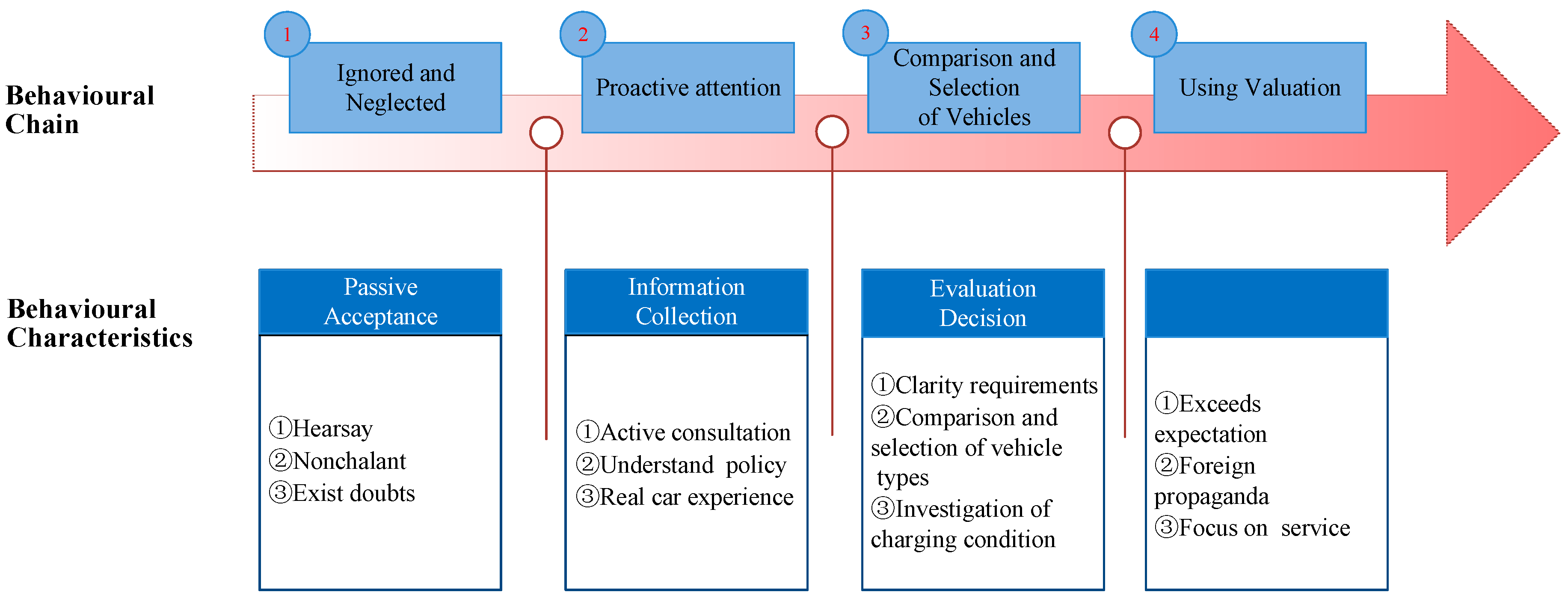
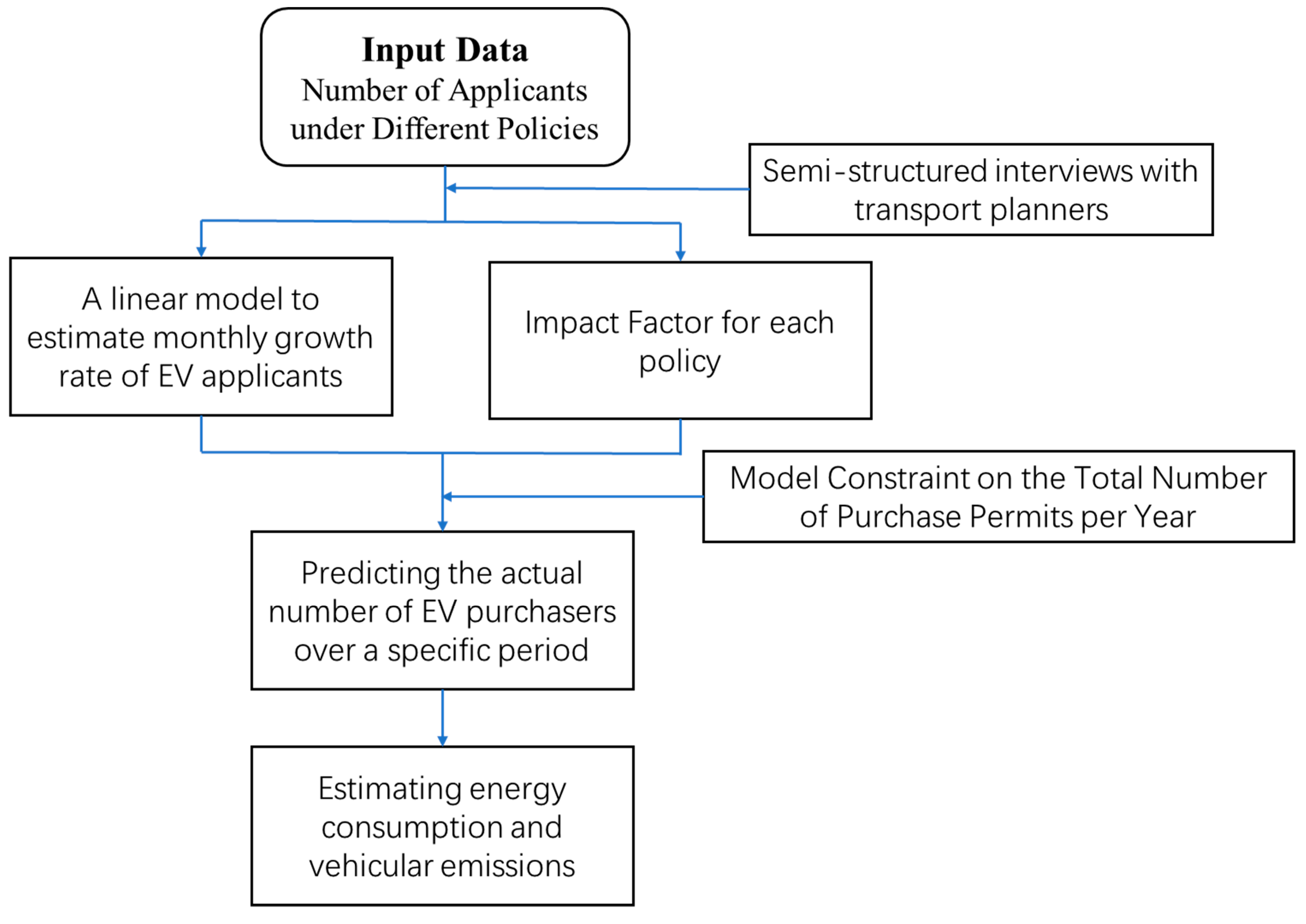
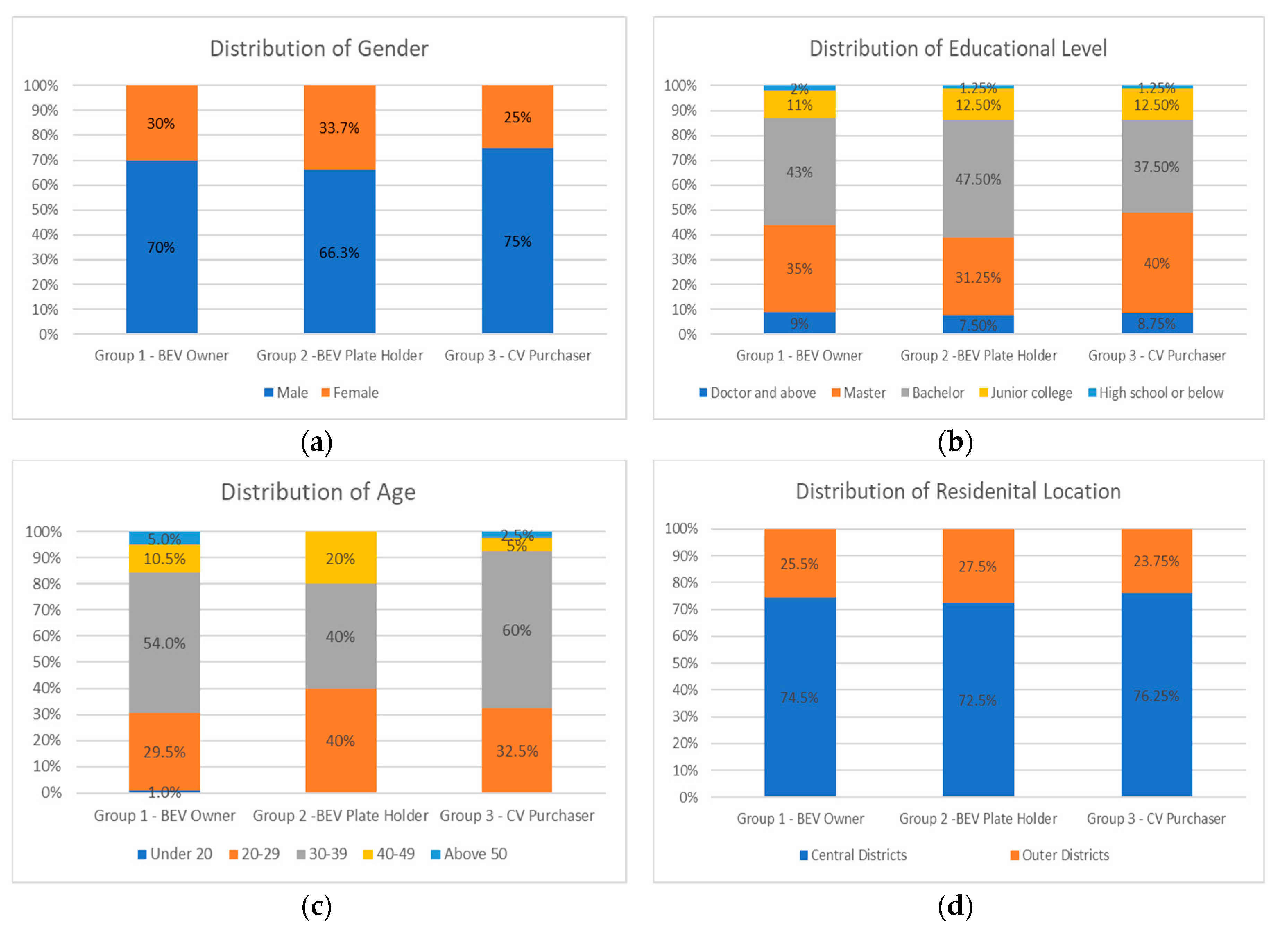
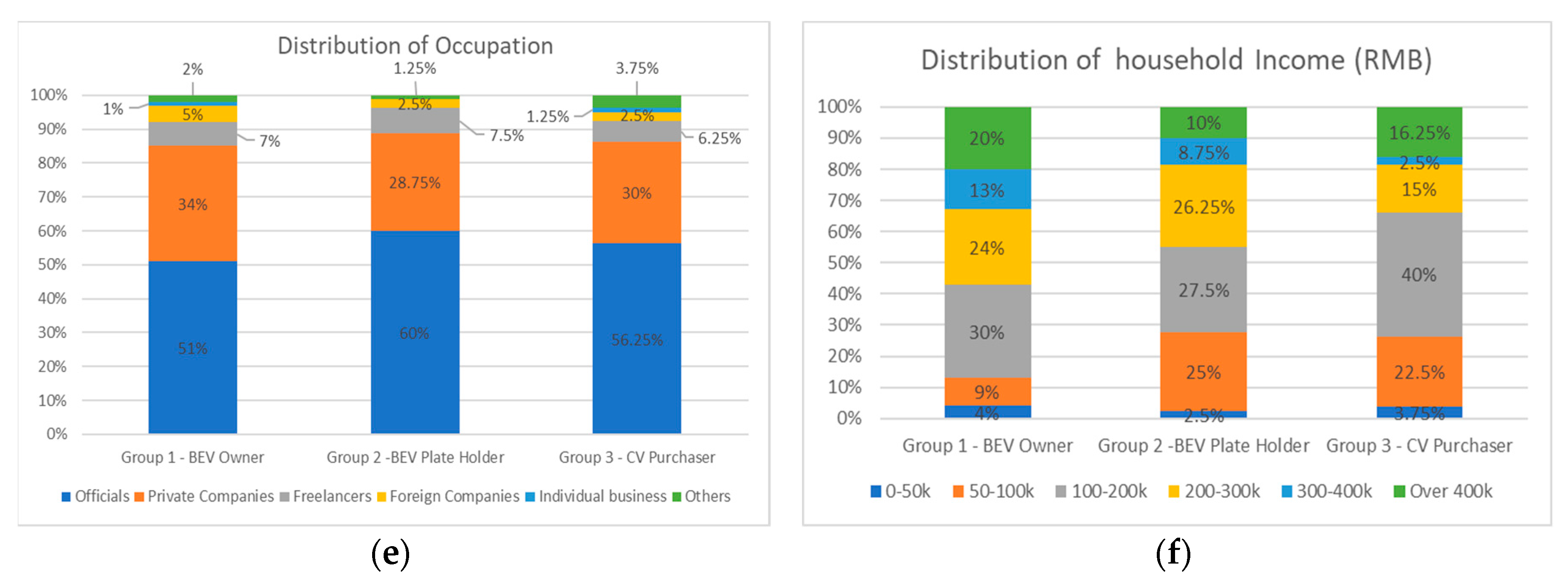
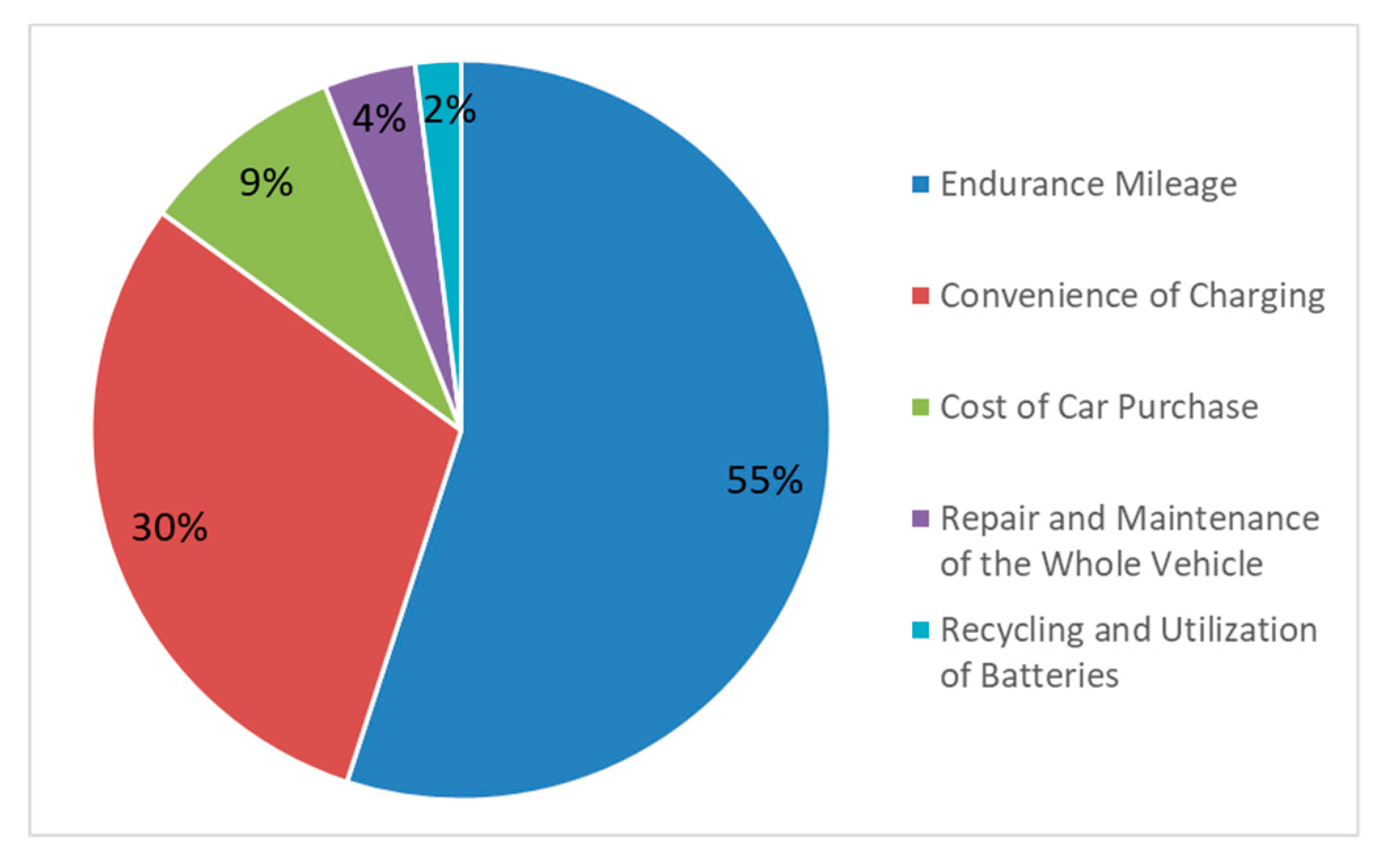
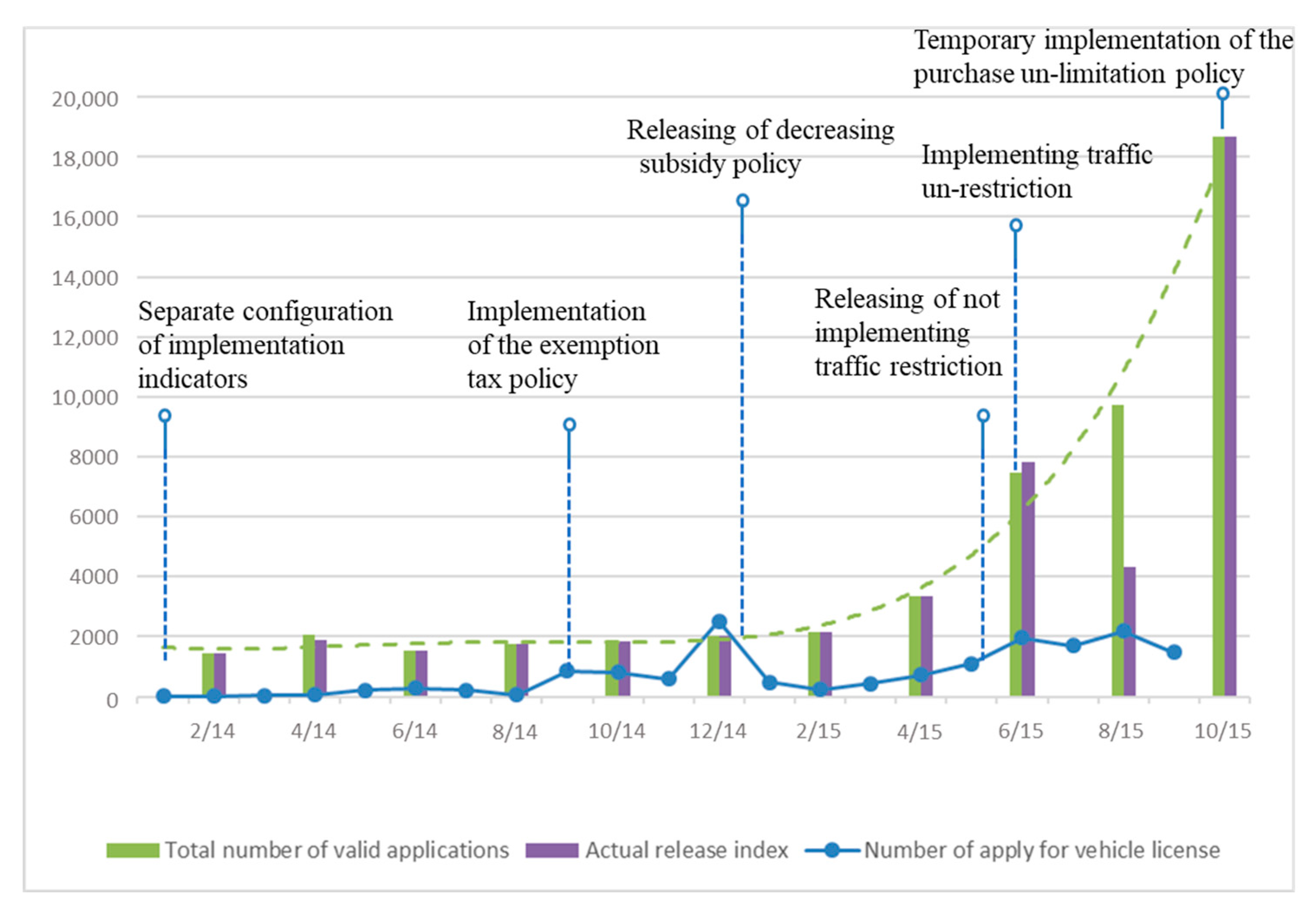
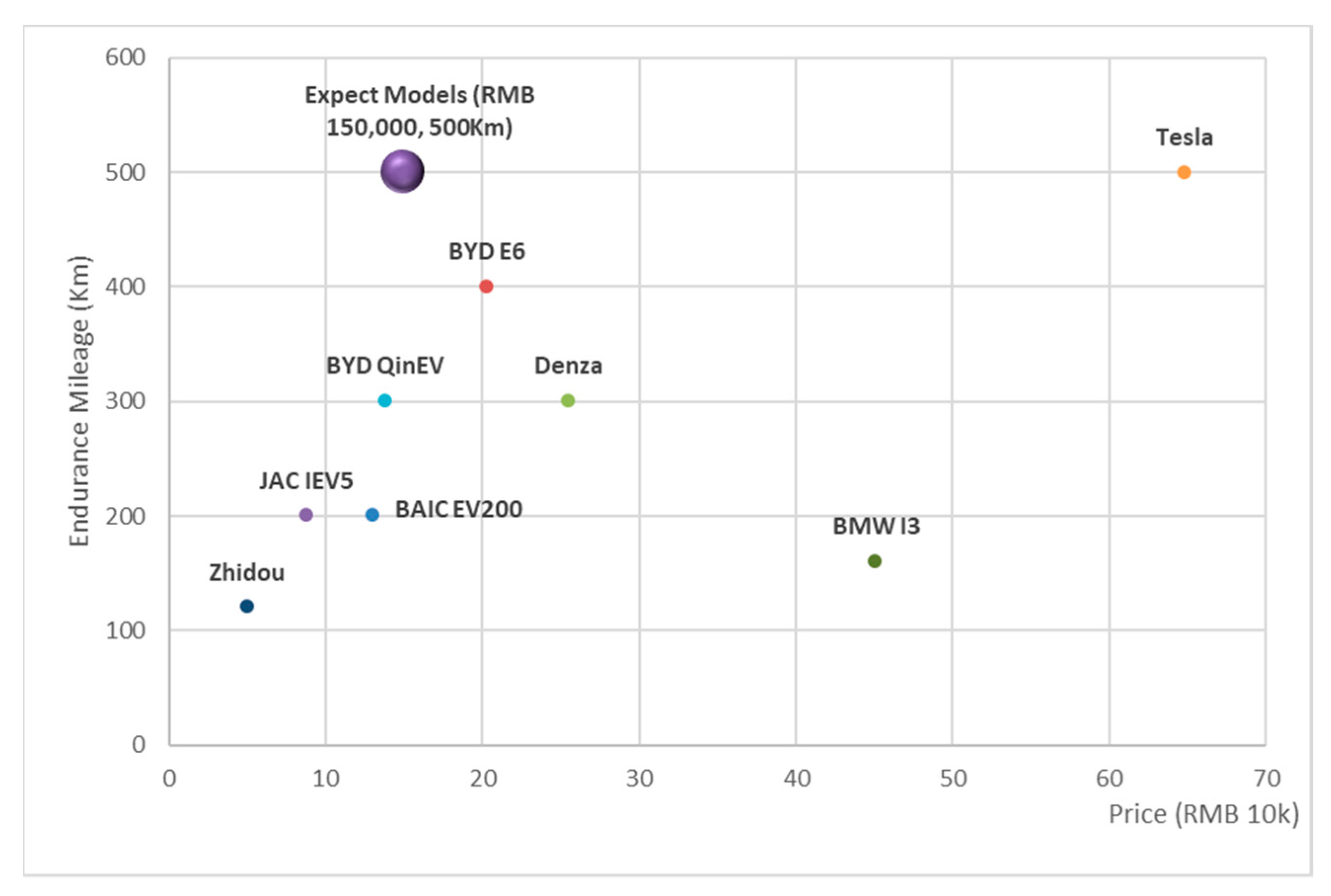
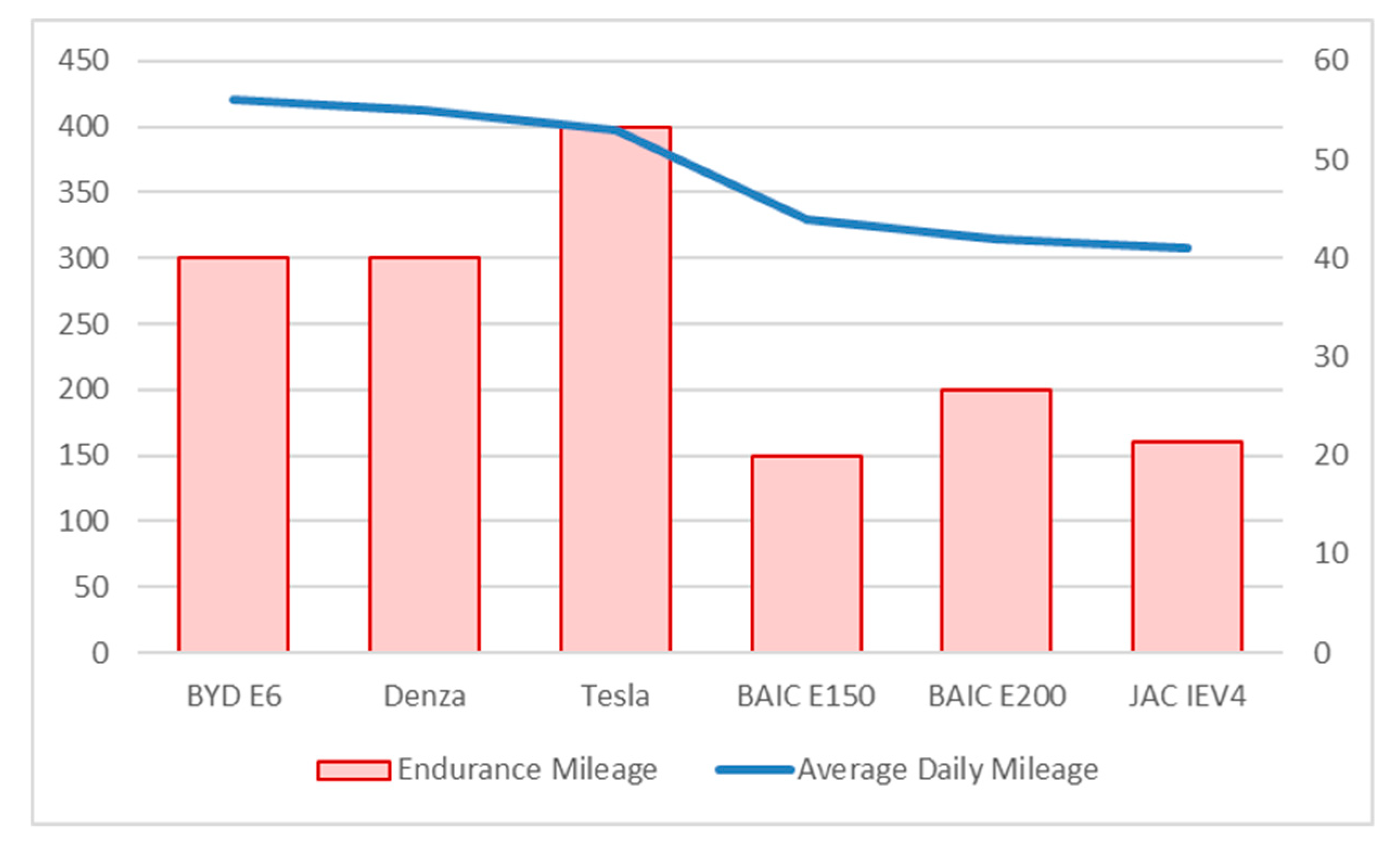
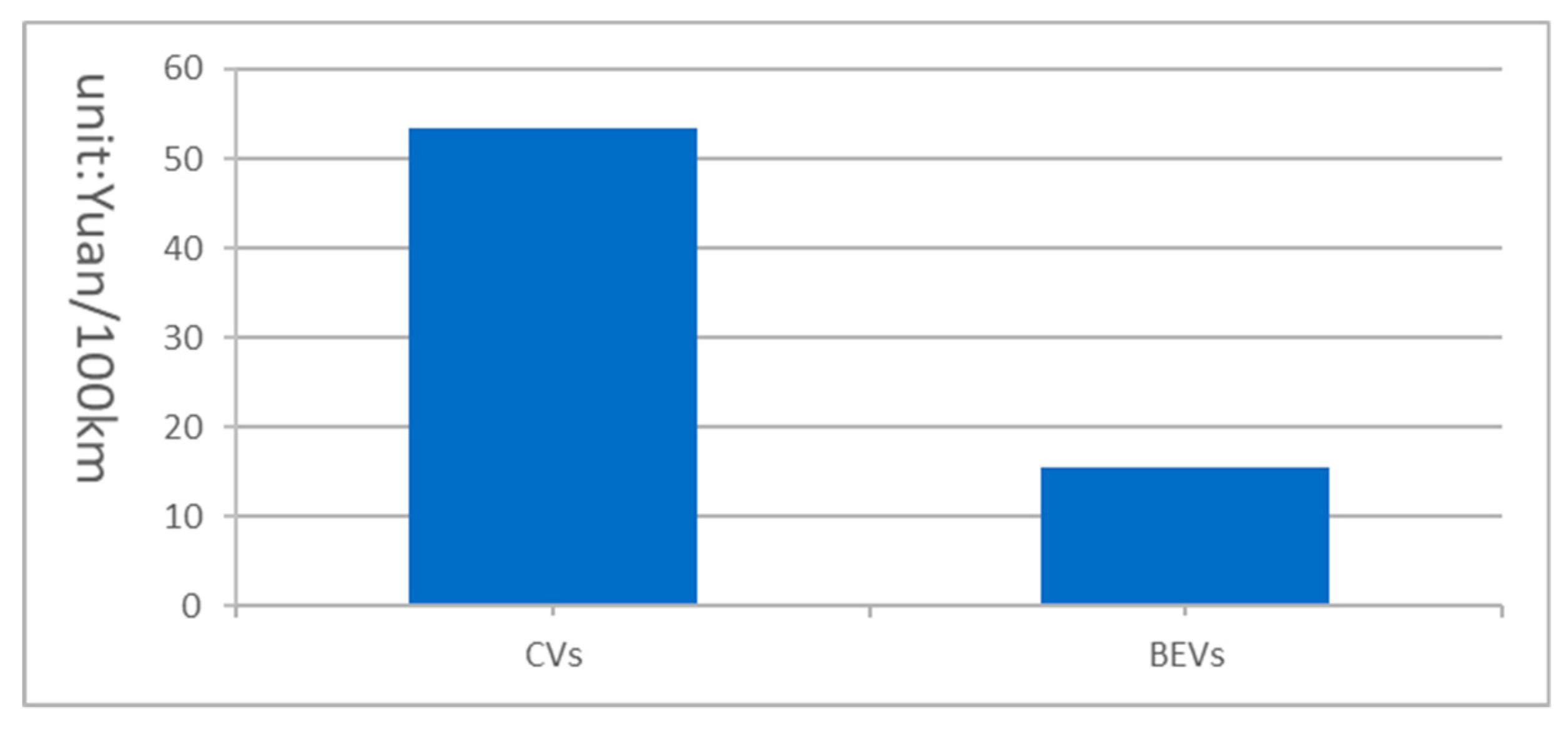
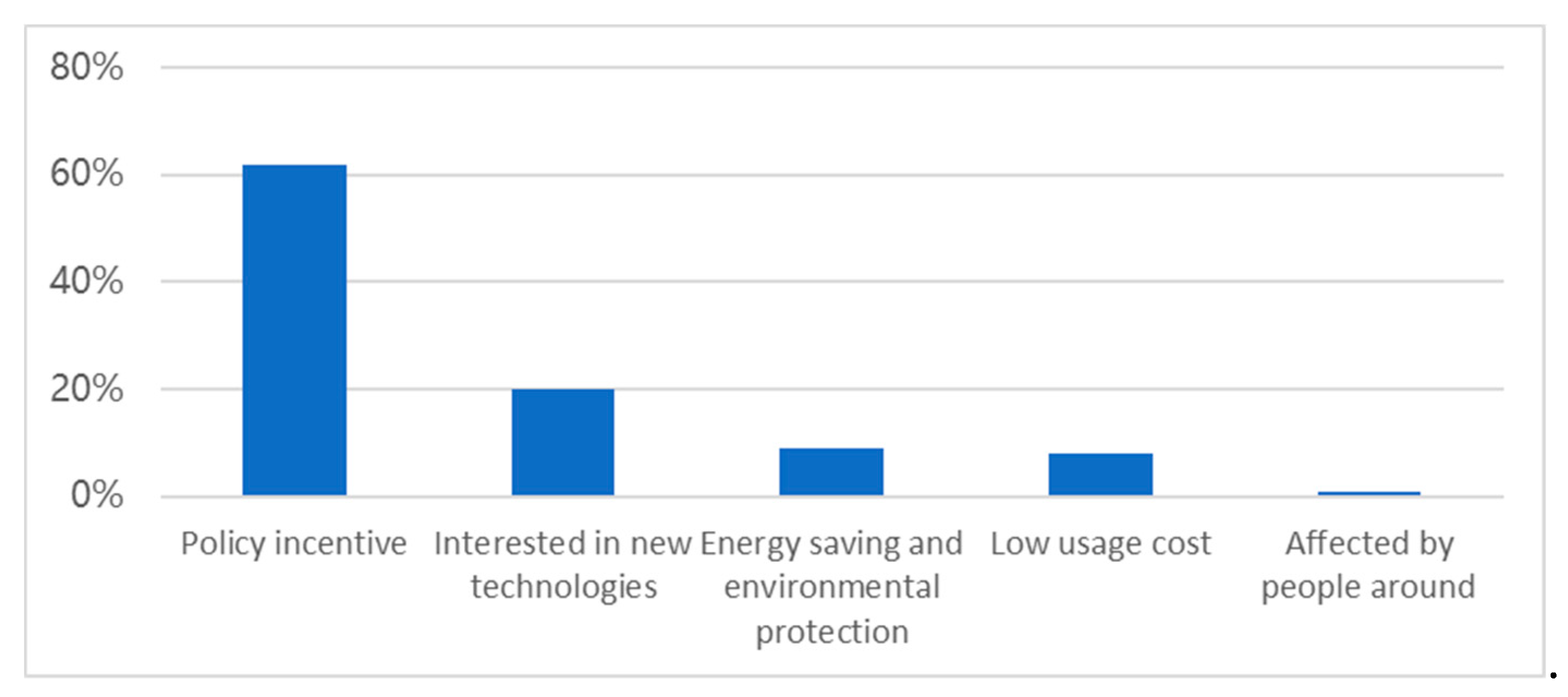
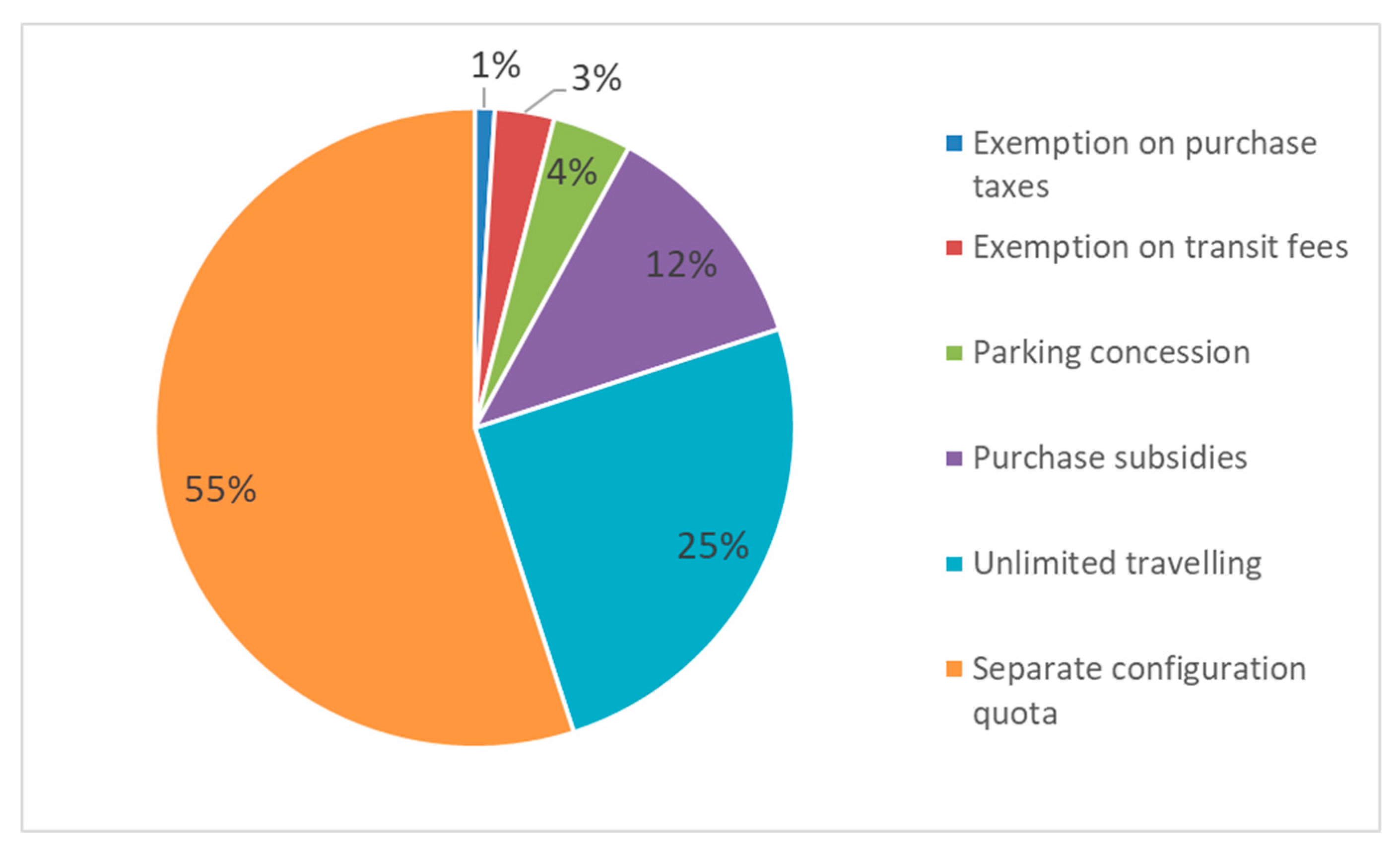
| Stage | Behavioral Characteristic | Cognitive Level of BEV |
|---|---|---|
| Ignored and Neglected | Don’t care about BEVs, hearsay of BEV information, unclear about the current level of technology. | Nonchalant about BEVs, existence of prejudice, some are even seriously questioned |
| Proactive Attention | Proactively carry out information collection, conduct proactive counselling, learn about the relevant preferential and exemption policies, personally test drive related models. | Have clear and objective understanding and insights into the technical level of BEVs |
| Comparison and Selection of Vehicles | Have clear needs for the usage of vehicles, check the charging conditions and select the model by comparing some key indicators of the vehicles. | Have relatively clear expectations and judgment of acceptable vehicle models for key indicators of vehicles |
| Usage Evaluation | After purchasing a BEV, gradually generate characteristics of usage adapting to the performance of BEVs, feedback activities begin to appear such as external publicity, etc. | Familiar with vehicle performance, have a clear, objective and in-depth evaluation of the model |
| Policy | Number of Applicants at Different Points | Monthly Growth Rate of New Plates (Plate/Month) | Policy Impact Factor | |
|---|---|---|---|---|
| Case 1: Separate Plate Lottery | January 2014 | May 2015 | 64.76 | 0.33 |
| (0 applicants) | (1101 applicants) | |||
| Case 2: No Traffic Restriction | - | - | 93.84 | 0.47 |
| Case 3: No Traffic Restriction & Separate Plate Lottery | May 2015 (1101 applicants) | October 2015 (1894 applicants) | 158.60 | 0.80 |
| Case 4: Other Policies | - | - | 39.65 | 0.20 |
| Scenario | Other Policies | Separate Plate Lottery | No Traffic Restriction | Number of New Plates per Month (10 Thousands) |
|---|---|---|---|---|
| A | √ | √ | √ | 0.0198 |
| B | √ | √ | × | 0.0104 |
| C | √ | × | √ | 0.0133 |
| D | √ | × | × | 0.0039 |
| Scenario | 2015 (Base Year) | 2016 | 2017 | 2018 | 2019 | 2020 |
|---|---|---|---|---|---|---|
| A | 16 | 60 | 88 | 117 | 145 | 174 |
| B | 16 | 32 | 47 | 62 | 77 | 92 |
| C | 16 | 40 | 60 | 79 | 98 | 117 |
| D | 16 | 11 | 17 | 23 | 28 | 34 |
| Scenario | Actual Configuration Quota | Estimated Number of Plates between 2016–2020 | Forecast of the Total Number of EV Purchasers | ||||
|---|---|---|---|---|---|---|---|
| 2016 | 2017 | 2018 | 2019 | 2020 | |||
| A | 60 | 60 | 60 | 60 | 60 | 98.4 | 114.8 |
| B | 32 | 47 | 60 | 60 | 60 | 85.0 | 101.4 |
| C | 40 | 60 | 60 | 60 | 60 | 91.8 | 108.2 |
| D | 11 | 17 | 23 | 28 | 34 | 37.1 | 53.5 |
| Scenario | Fuel Saving (Billion Liters) | Energy Saving (10 Thousands tce) | NOx (t) | CO (t) | HC (t) |
|---|---|---|---|---|---|
| A | 4.01 | 28.52 | 181.02 | 1099.68 | 63.36 |
| B | 3.15 | 22.44 | 142.40 | 865.08 | 49.84 |
| C | 3.56 | 25.35 | 160.90 | 977.49 | 56.32 |
| D | 1.26 | 8.94 | 56.72 | 344.57 | 19.85 |
© 2019 by the authors. Licensee MDPI, Basel, Switzerland. This article is an open access article distributed under the terms and conditions of the Creative Commons Attribution (CC BY) license (http://creativecommons.org/licenses/by/4.0/).
Share and Cite
Yang, Y.; Tan, Z. Investigating the Influence of Consumer Behavior and Governmental Policy on the Diffusion of Electric Vehicles in Beijing, China. Sustainability 2019, 11, 6967. https://doi.org/10.3390/su11246967
Yang Y, Tan Z. Investigating the Influence of Consumer Behavior and Governmental Policy on the Diffusion of Electric Vehicles in Beijing, China. Sustainability. 2019; 11(24):6967. https://doi.org/10.3390/su11246967
Chicago/Turabian StyleYang, Ye, and Zhongfu Tan. 2019. "Investigating the Influence of Consumer Behavior and Governmental Policy on the Diffusion of Electric Vehicles in Beijing, China" Sustainability 11, no. 24: 6967. https://doi.org/10.3390/su11246967
APA StyleYang, Y., & Tan, Z. (2019). Investigating the Influence of Consumer Behavior and Governmental Policy on the Diffusion of Electric Vehicles in Beijing, China. Sustainability, 11(24), 6967. https://doi.org/10.3390/su11246967




